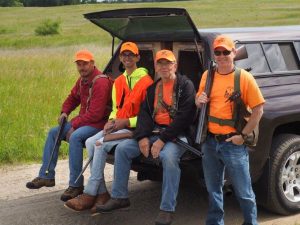I’m sure we’ve all read or seen quotes to the effect of “Sometimes bad things have to happen before good things can.” At Minnesota NAVHDA we had our own experience with that concept this year, when one of our founding members, Joe Dolejsi, suddenly passed away in January. The good news, was that from Joe’s passing was created the Joe Dolejsi Annual Youth Scholarship, the purpose of which is to be used by a youth Minnesota NAVHDA member for training and testing of their dog.
So – the call went out, the applications were received, the ballots counted, and the winner is – drum roll please – Mason Schultz!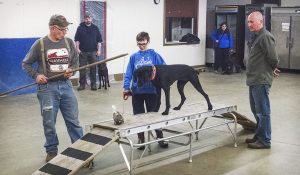 Mason is a 5th grader at Lincoln Elementary in White Bear Lake, and lives with his folks Cory Schultz and Kirsten Olson, along with his younger brother Bram (plus the animals they foster through the humane society!). When Mason’s not training his year old pudelpointer pup “Comet” (“Pan American Elora, from Pan American Kennels in Miami, FL), he’s into biking and just being outdoors. He’ll complete his hunter safety course this month. Oh yeah – and he’s a bit of an artist as well – as an accomplished glassblower. It takes all kinds to work these dogs!
Mason is a 5th grader at Lincoln Elementary in White Bear Lake, and lives with his folks Cory Schultz and Kirsten Olson, along with his younger brother Bram (plus the animals they foster through the humane society!). When Mason’s not training his year old pudelpointer pup “Comet” (“Pan American Elora, from Pan American Kennels in Miami, FL), he’s into biking and just being outdoors. He’ll complete his hunter safety course this month. Oh yeah – and he’s a bit of an artist as well – as an accomplished glassblower. It takes all kinds to work these dogs!
In addition to the scholarship providing Mason with a family membership in MN NAVHDA for a year, he’ll also be covered for his training day registrations, 10-week obedience class, training nights registrations and grounds fees, and a Mock NA or UT test. The fine folks at Kelley Farms have even donated an annual pass for their grounds.
What will he do with all this? Perhaps Mason himself says it best:
“My name is Mason P. Schultz. I am 11 years old. My family got a Pudelpointer in May, 2017. Her name is Comet. We just started taking her to training classes in Stillwater, at the Washington County Fairgrounds. My dad and I go together, but I am in charge of training her, and I like training her a lot.
Comet went hunting with my dad and I this fall. She is a versatile hunting dog. She is a pretty good listener, but she sometimes forgets. I like to work with her and would really like to keep taking classes. I think that I can help her to be a really good versatile hunting dog – to go after ducks, pheasants, grouse, and other types of birds. Also, I have been teaching her some other things too, like how she should point for a bird. And how she needs to have her own place to go when people are over.
I would like to be in this next class session because I want to learn how I could improve my skills and her skills. I would really like to enter competitions with her and see how well we could do together. I would like to be a good trainer and dog handler, which I think this class would help me do.
 I really like owning a hunting dog because when you ware hunting you have to scour all over to try and find a bird or two. But if you have a dog, you find the birds much more quickly.
I really like owning a hunting dog because when you ware hunting you have to scour all over to try and find a bird or two. But if you have a dog, you find the birds much more quickly.
If I get into this class my goals are to learn even more about dog training, to improve my skills, to be able to teach my dog new advanced skills, and to enter my first competitions.
Thank you for considering my application for this youth scholarship.”
There you have it. Thank you, Mason, for applying to be our first recipient of the Joe Dolejsi Annual Youth Scholarship! I sure that Joe is smiling about this right now.
If you would like to make a tax deductible contribution to this fund in memory of Joe, please follow this link: GOFUNDME The Joe Dolejsi Youth Scholarship Fund
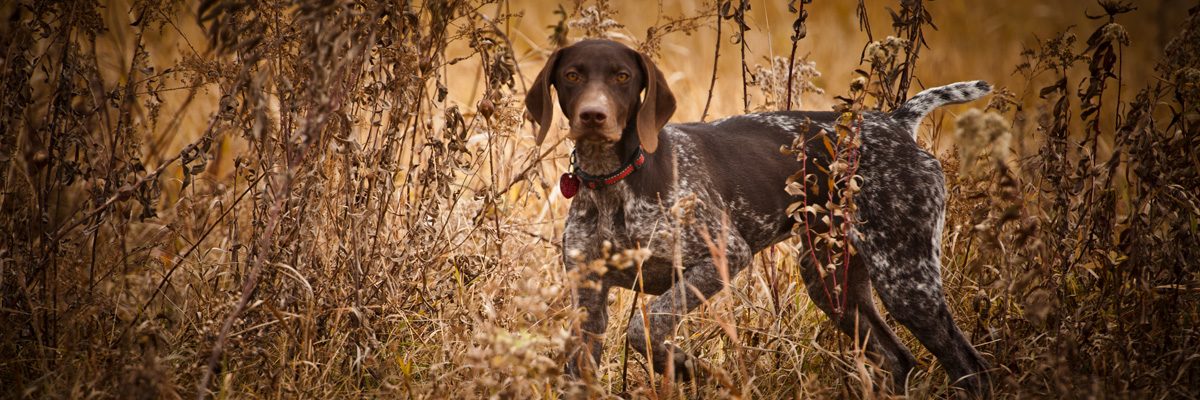
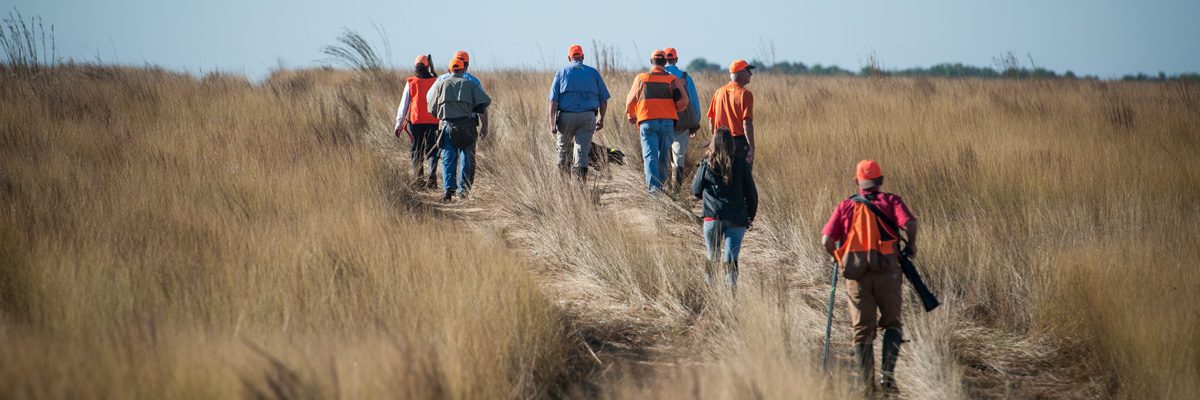
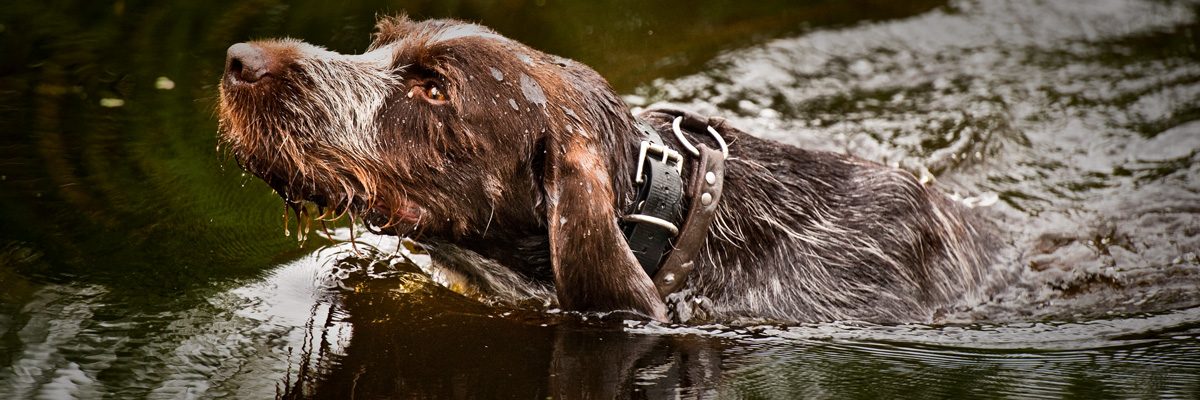
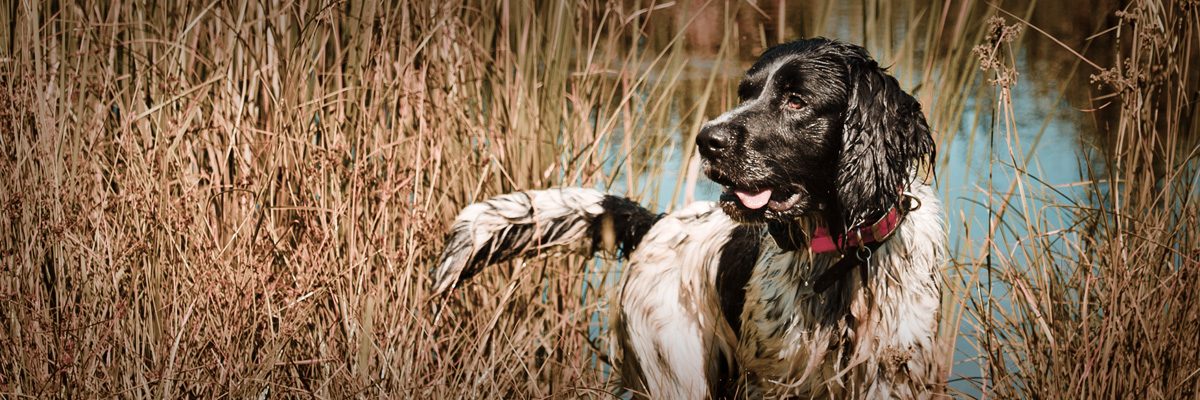
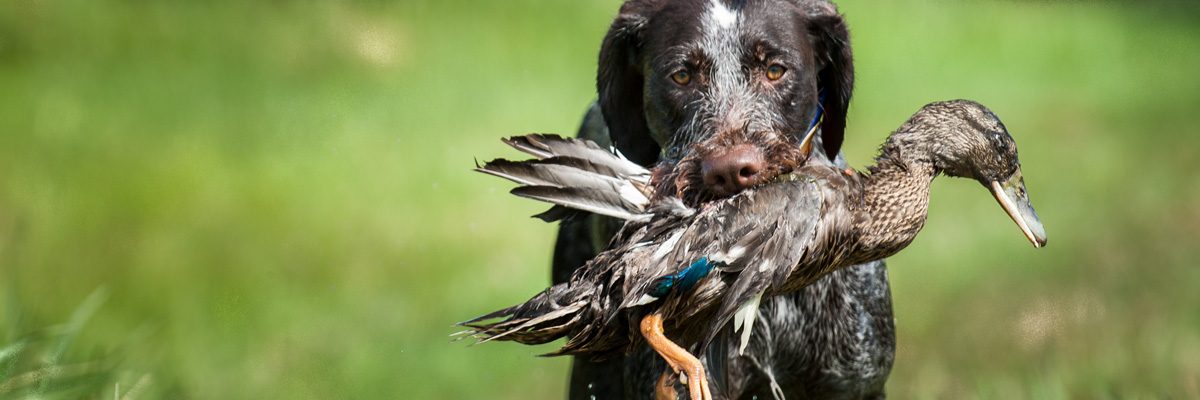
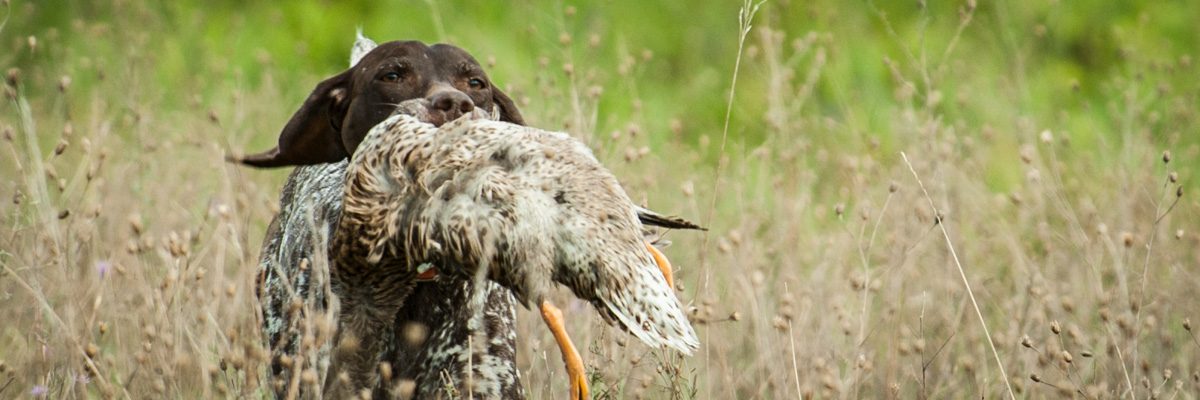

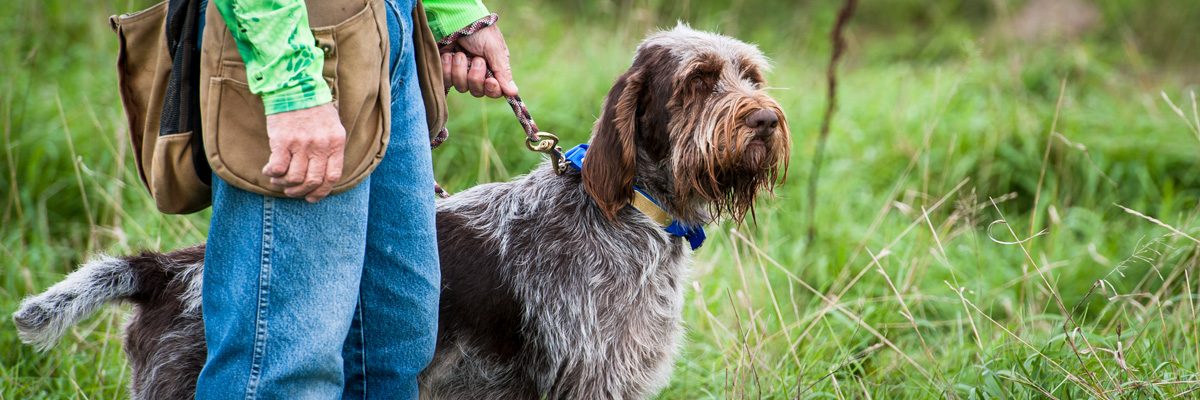


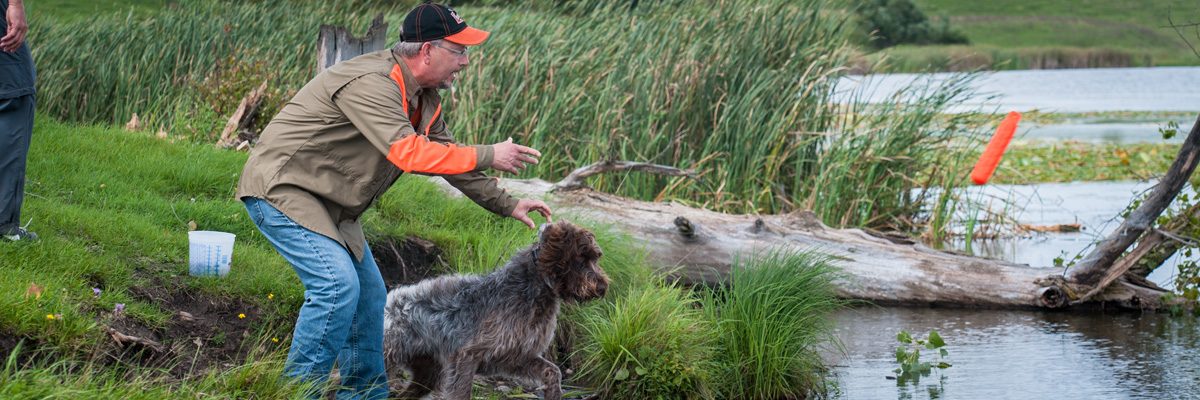
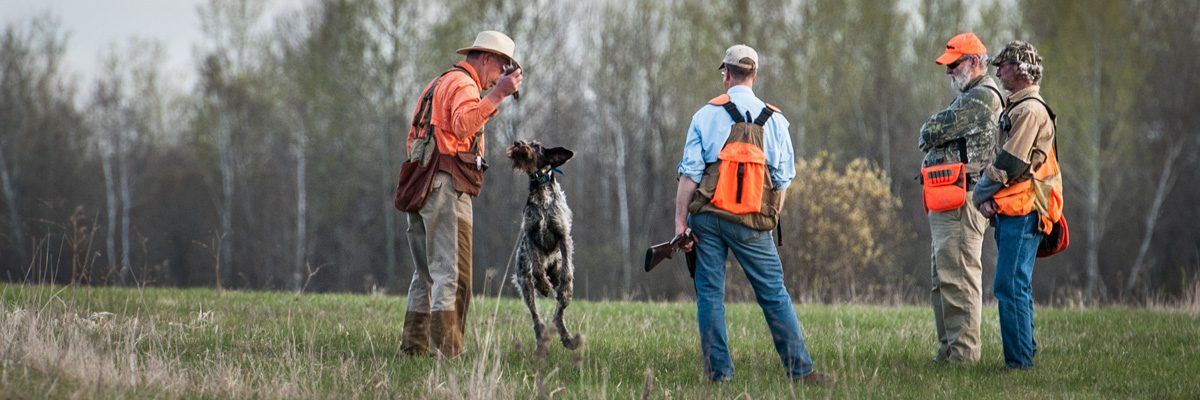
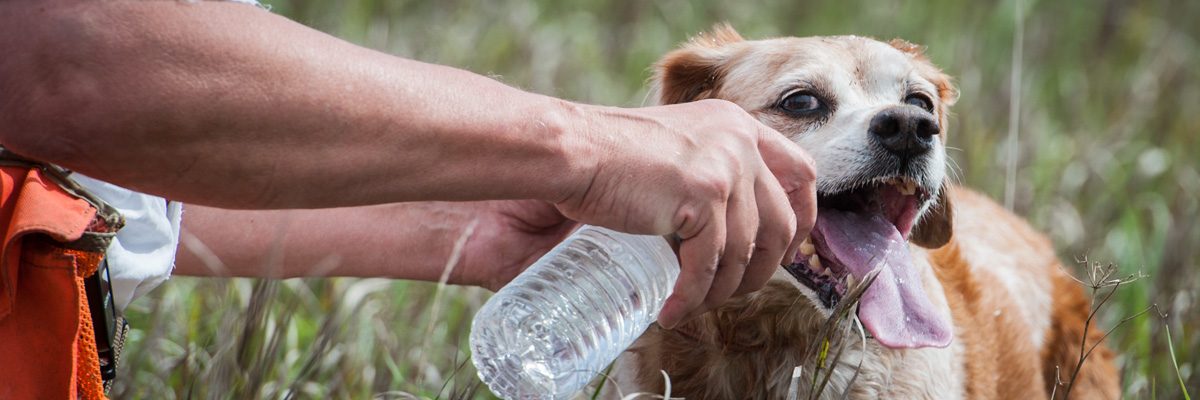
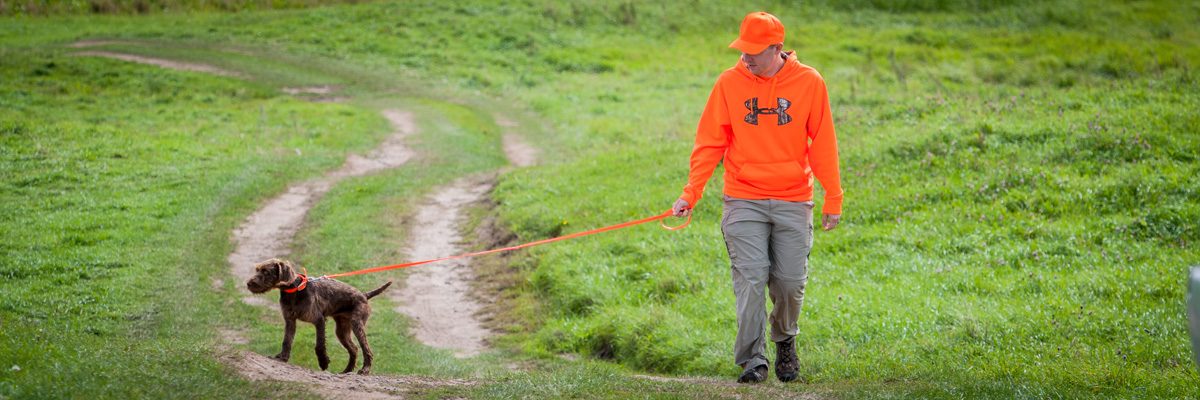



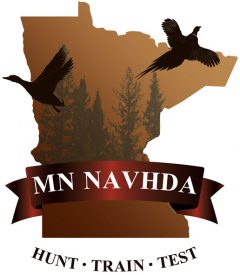
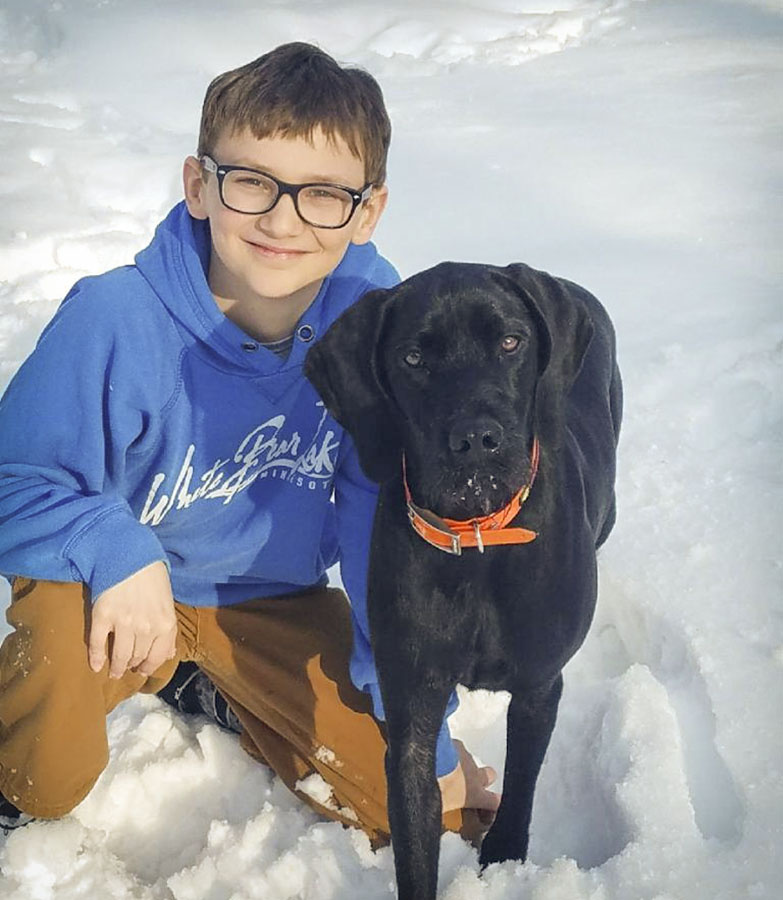
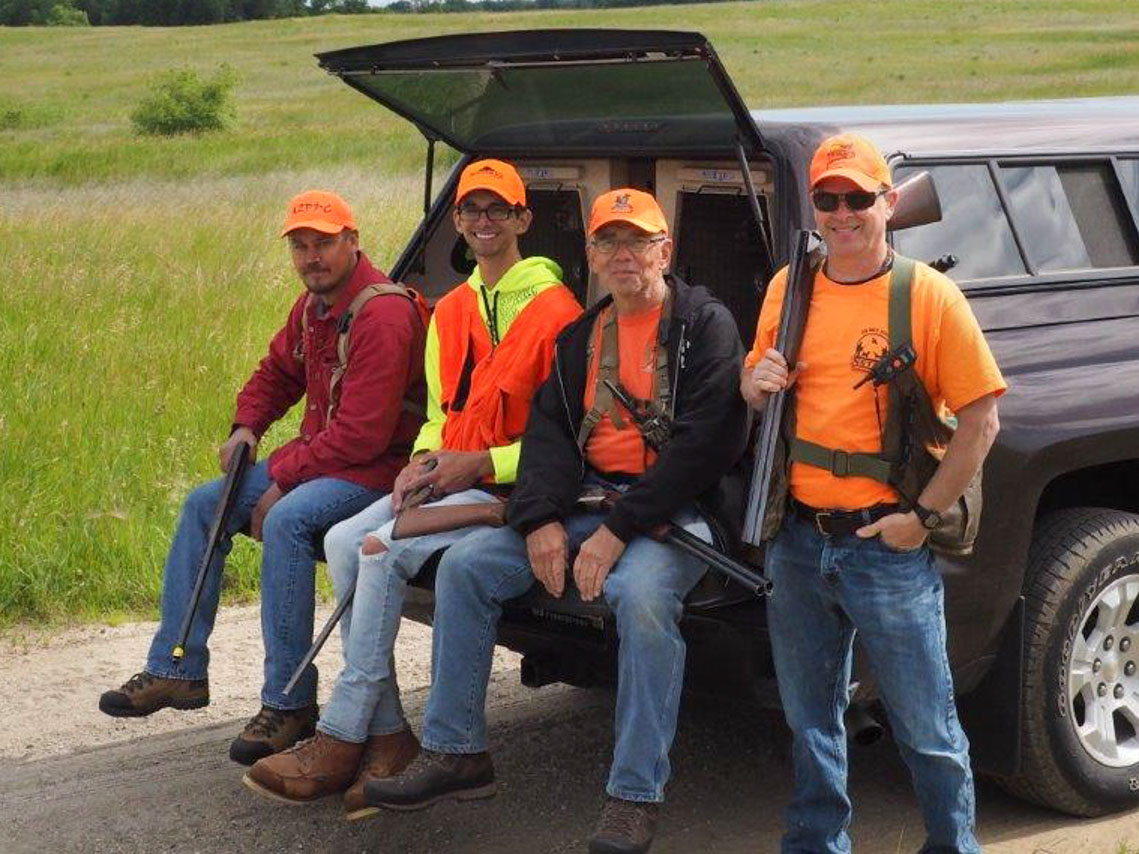
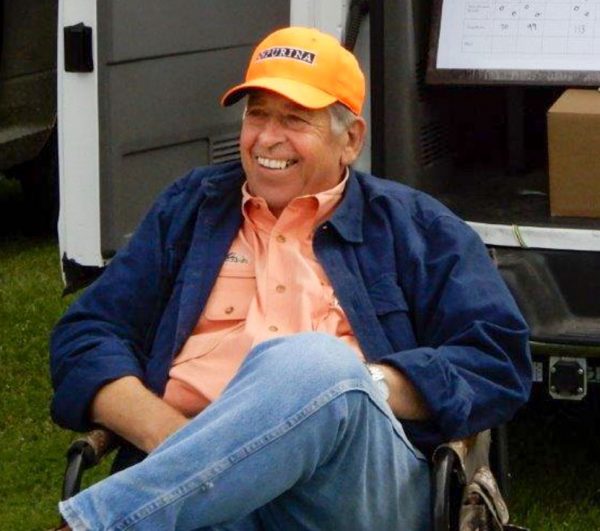
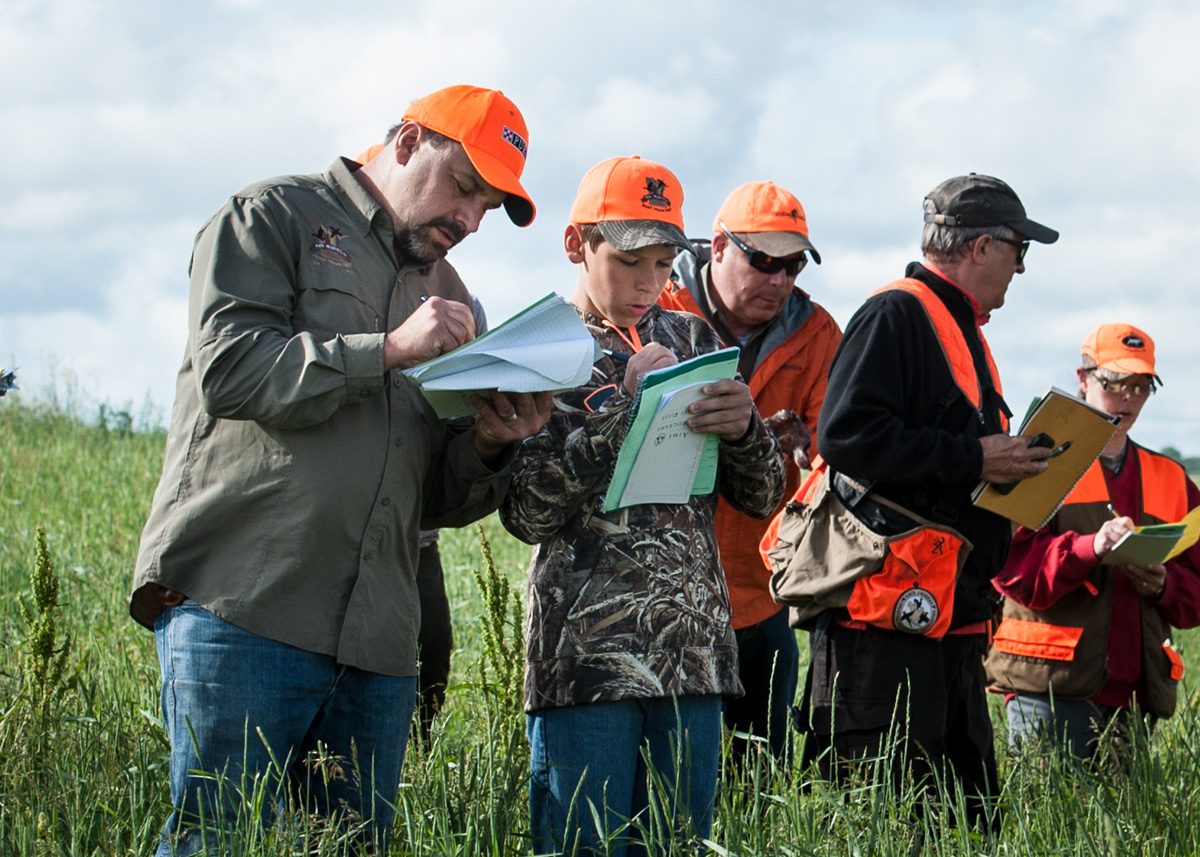
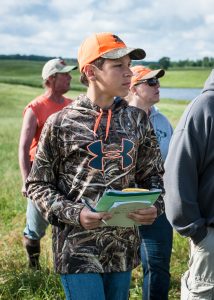 ecause of the
ecause of the 
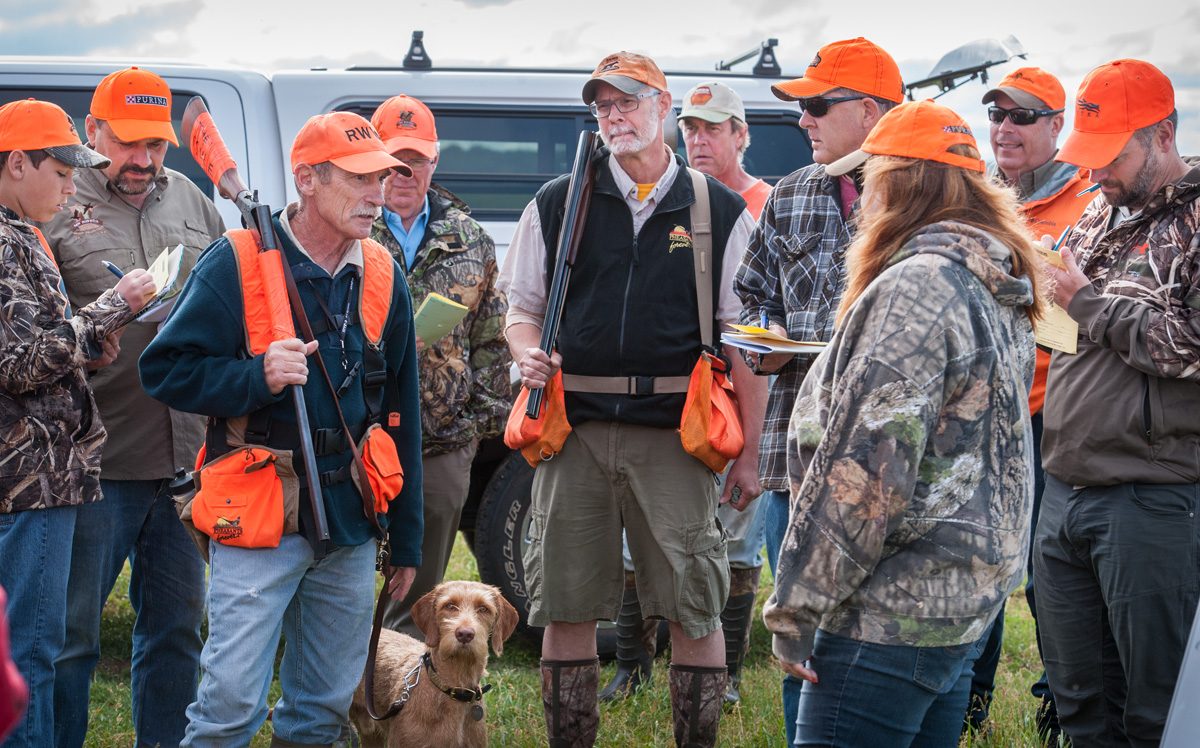
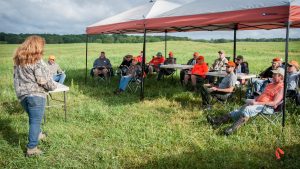

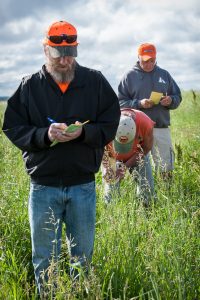 of “classroom” work, are sent into the field as judging teams, where two NA dogs, one UPT dog and one UT dog are run and scored. Each team is required to determine a consensus score for each dog, and following the dog’s tests, each team will read their scores to the others.
of “classroom” work, are sent into the field as judging teams, where two NA dogs, one UPT dog and one UT dog are run and scored. Each team is required to determine a consensus score for each dog, and following the dog’s tests, each team will read their scores to the others. 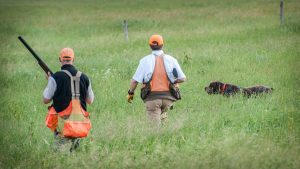 g their dogs out there for the members to score. Also thanks to Howie Hill, Doug Lodermeier, Joe Wessels, Mark Jacobs, Ed Challacombe and Wolfie Smith for doing the things it takes to make it all happen.
g their dogs out there for the members to score. Also thanks to Howie Hill, Doug Lodermeier, Joe Wessels, Mark Jacobs, Ed Challacombe and Wolfie Smith for doing the things it takes to make it all happen.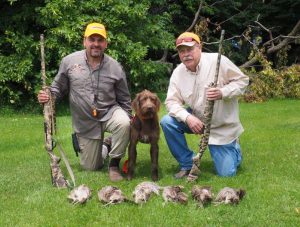
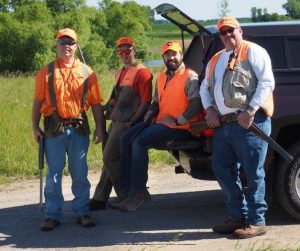 The conditions seemed favorable for most dogs to find birds, with 5 finds by 4 teams. Mike and Colton Busse, running Sarge, posted a respectable score of 121 points with 5 birds. Given team Busse’s recent dominance (with Sarge) in the event (1st place in 2014, 1st place in 2015, and 2nd place in 2016), many felt that the Busses were well positioned to win the event. However, in the last brace of the day, Pete Aplikowski and Roger Schmatz, with Ike, bagged 6 birds with 8 shots to edge out Mike and take 1st place. Their performance earned $404.25 in prize money.
The conditions seemed favorable for most dogs to find birds, with 5 finds by 4 teams. Mike and Colton Busse, running Sarge, posted a respectable score of 121 points with 5 birds. Given team Busse’s recent dominance (with Sarge) in the event (1st place in 2014, 1st place in 2015, and 2nd place in 2016), many felt that the Busses were well positioned to win the event. However, in the last brace of the day, Pete Aplikowski and Roger Schmatz, with Ike, bagged 6 birds with 8 shots to edge out Mike and take 1st place. Their performance earned $404.25 in prize money.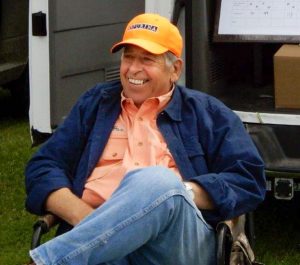 At this year’s event, 72 pheasants were released for 11 teams and 42 birds were harvested. This is a 3.8 bird average per team, which is a significant increase over last year when the average was 2.1 birds per team. 2011, with 4.9 birds per team, remains the highwater mark for harvest ratio at our Pheasant Championship on the Major Avenue grounds.
At this year’s event, 72 pheasants were released for 11 teams and 42 birds were harvested. This is a 3.8 bird average per team, which is a significant increase over last year when the average was 2.1 birds per team. 2011, with 4.9 birds per team, remains the highwater mark for harvest ratio at our Pheasant Championship on the Major Avenue grounds.